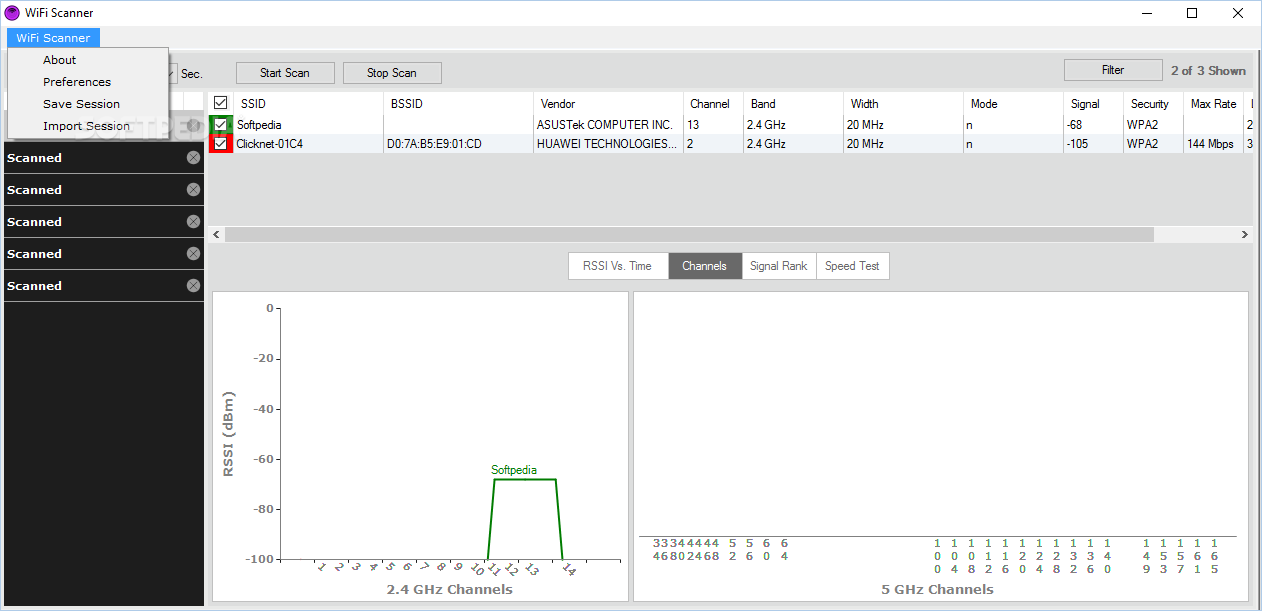
Early networks consisted of devices connected on a single switch sharing a broadcast area. There’s no denying it-networking has simultaneously become both more complex and more critical to business operations and everyday functioning. The good news is that learning this skill can be easy-you just need to pick the right WiFi network scanner.As network downtime becomes increasingly expensive, IT departments must prioritize Wi-Fi analysis and invest in the best Wi-Fi analyzer to gauge performance, strengthen security, and prevent failures. With WiFi connectivity becoming increasingly ubiquitous and integrated into more and more devices and appliances, knowing how to use a WiFi scanner to optimize wireless performance is quickly becoming an important skill to have. Since NetSpot is a software scanner, we’ll be using the term WiFi scanner to describe software scanners.Īs will become obvious later in this article, many leading WiFi scanners are so intuitive that even people with no previous experience with them and little to no technical knowledge can use them to discover causes of WiFi issues, such as co-channel interference and poor signal coverage. In terms of features, however, software scanners typically exceed hardware scanners, and the same can be said about their ease of use. Because different laptops and mobile devices have different WiFi modules, the same software scanner may provide vastly different results when used on two different devices.

The purpose of a WiFi scanner is to discover all nearby WiFi networks and collect as much information about them as possible.


 0 kommentar(er)
0 kommentar(er)
